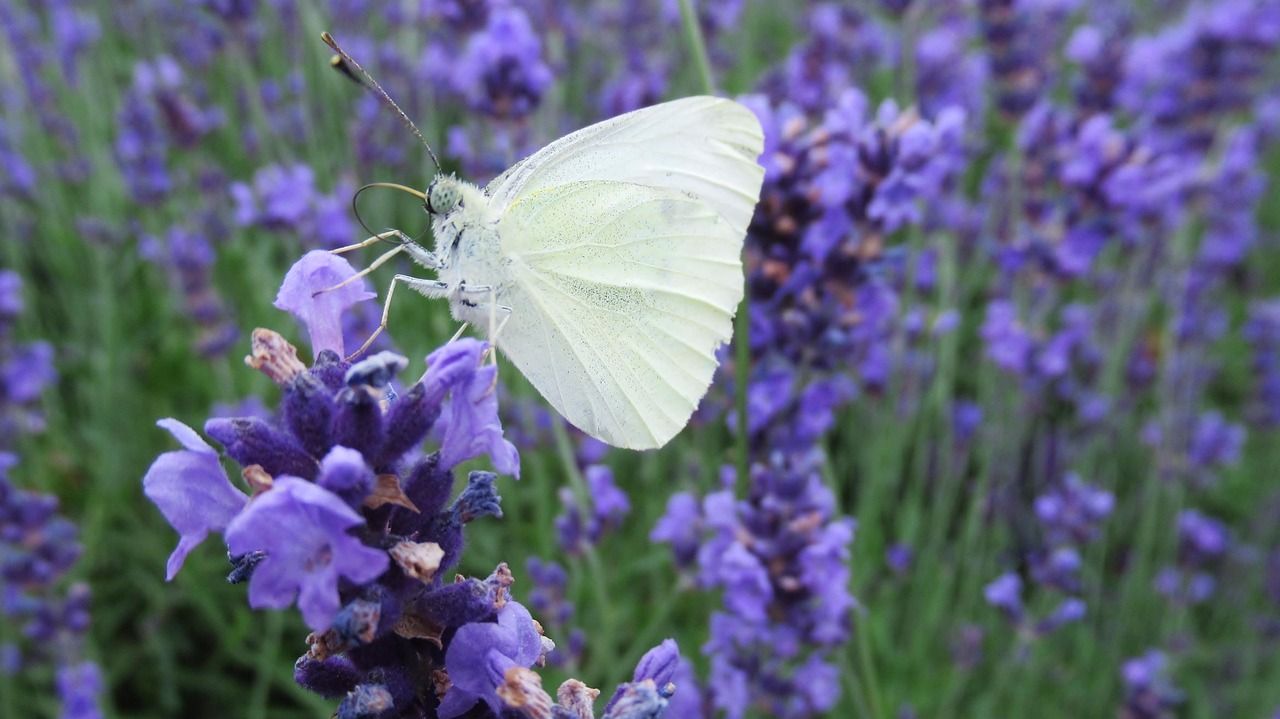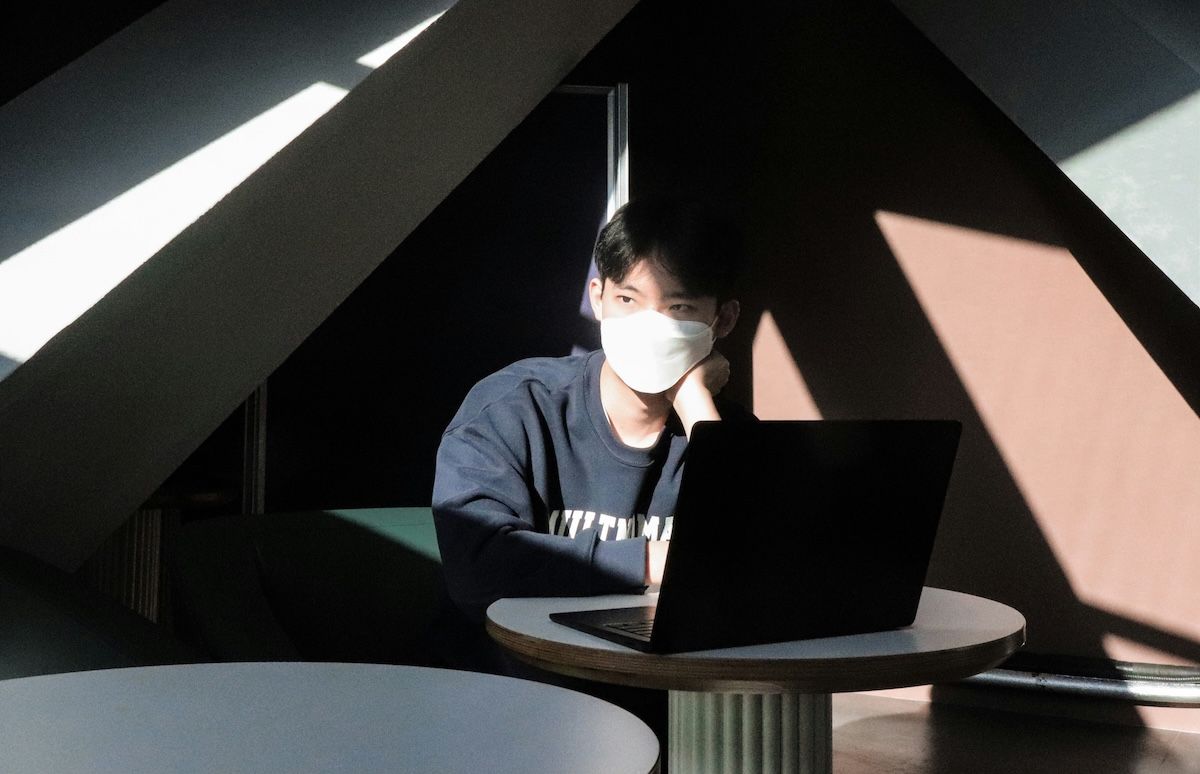Feeling Frustrated and Stressed at Work? Try This
(by Kirsten Keach, LMFT) If you find yourself dreading your workday or end it feeling excess stress, you are not alone. Careers paths, job roles, work environments, and entire industries are turned upside right now. What you once knew, what felt secure and sure is no longer that way. Working right now can be more difficult than ever.
This topsy-turvy work world can lead to excess feelings of frustration and stress. These feelings are normal and expected given the growing pains that come with the upendness that you’re working within.
The good news is, you can do something to relieve these feelings of stress and frustration. Below is an energy-based practice that is designed to help you reduce feelings of stress. It is called the “Stress Blow-Out.” This technique is best practiced in a place where you have some quiet and privacy for yourself (the bathroom works if no other option is available.) If you’re ready to give it a try, follow the video below.
Try the Stress Blow-Out Technique
Why it Works
When you’re feeling stressed, frustrated, worried, anxious or upset, your body gets flooded with stress hormones. These stress hormones signal your brain that you’re are in danger. Once this occurs it becomes difficult to relax because your physiology is on high alert. You’re in part being run by your stress hormones. This makes getting through a challenging work situation even more difficult. By using energy-based techniques like the Stress Blow-out technique you can help your body reduce stress. This allows you to return to a calm state more quickly and your work to flow more easily.
Pro Tip
Instead of waiting until you’re totally overwhelmed, integrate this technique throughout the day. This will help you stay calmer and more focused all day long.
More Resources to Help You Reduce Work Stress
If you found the Stress Blow-Out technique helpful, here are a few more tools you can use to calm down and relax: Simplified Safe Havening, Healing Head Hold, Calm Breathing.
Need Help From a Professional?
Navigating this crisis can be challenging. It’s normal to need help with this. You don’t have to go through this alone. Check-out the ACEP practitioner directory to find a certified ACEP therapist in your area or online.
Author: Kirsten May Keach MA- Licensed Marriage and Family Therapist
Kirsten Keach is a licensed marriage and family therapist. Her specialty is relationships. She helps couples and singles develop meaningful, lasting, soulful love relationships. In her free time she is an avid traveler, Improv comedy performer and amateur salsa dancer. Learn more about Kirsten here.
Video Resources Provided by the ACEP Humanitarian Committee
The mission of the ACEP Humanitarian Committee is to share energy practices and resources to promote safety, connection, happiness, health and resilience around the world. We do this by encouraging and assisting ACEP members in developing humanitarian projects that utilize recognized energy psychology and other modalities that meet ACEP’s standards and guidelines. Learn more here.
Featured image photo by bowdenimages.



